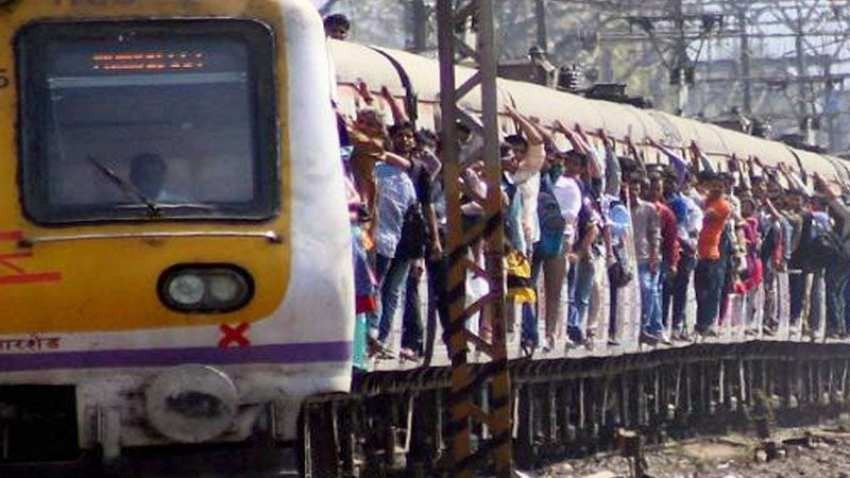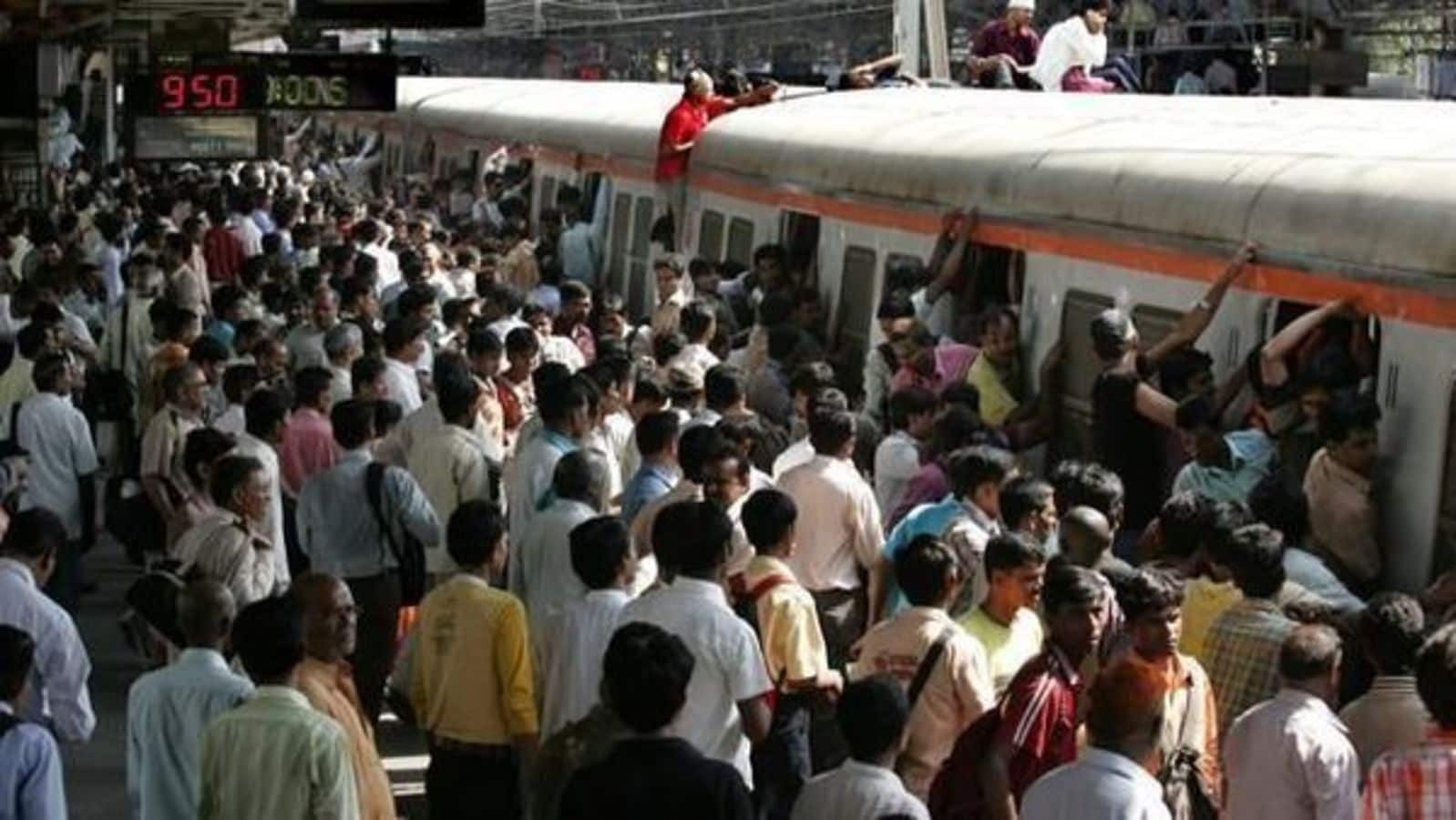Report by the correspondent of Kamgar Ekta Committee (KEC)

On the morning of 9 June, 2025, in a single deadly accident in Mumbai’s locals, 4 passengers fell off two trains and died, while many more were injured. The accident took place at a sharp curve on the railway tracks in Thane District of Maharashtra as two overcrowded suburban trains passed each in opposite directions. Passengers standing on the footboards of these trains collided with each other and fell off onto the tracks. According to railway authorities, at least four passengers have lost their lives and several others have suffered serious injuries.
Kamgar Ekta Committee (KEC) extends its heartfelt condolences to the families of those who lost their lives, and those who have suffered injuries. KEC hold the railway authorities squarely responsible for this terrible tragedy.
The local train system of Mumbai is considered the lifeline of the city, transporting working people and students every day between Mumbai and its suburbs such as Thane and Navi Mumbai. However, while passenger demand has increased over the years, the number of trains has not increased correspondingly. Every morning on their way to offices and colleges, people must cram into train coaches, with hardly any space to stand; some are forced to stand on the footboards of trains and hang by the doors. Every evening on their way home, they must once again cram into these coaches and hang on for dear life. In this way, a vast portion of the working people of Mumbai must risk their lives every day just to go to work or get an education. Even railway workers face this horror daily as they travel to and from their workplaces.
The train accident on 9 June, could have been prevented if the authorities had cared for the lives and well-being of the passengers. Railway passengers and passenger associations have repeatedly highlighted the dangers of this stretch. For many years, passengers and their associations have been demanding improved services, including an increase in the number of trains and coaches and prioritization of local trains over goods trains during peak hours. Despite repeated demands and representations, the condition of Mumbai’s suburban train system has only worsened with each passing year. The government as well as the railway authorities are squarely to be blamed for this criminal neglect.
As per official data from 2024, 51,802 people have lost their lives on the suburban train system over the past two decades, with most deaths occurring at Kalyan, Thane, Vasai, and Borivali stations. The year 2024 alone saw 2,468 deaths and 2,697 injuries on the train network. Of the deaths, 1,151 were related to line crossings and 590 resulted from falling off trains, falling in gaps between trains and platforms, and hitting railway poles (while hanging outside crowded coaches). The total number of deaths shows that seven passengers die every single day on average in the country’s financial capital. The real numbers of deaths and injuries are much higher than the officially reported data. In no other city in the world do passengers die like this in preventable accidents!
In response to public anger following the horrific death of passengers on 9 June, the government has announced a new design for trains with automatic doors, roof-mounted ventilation, and interconnected coaches to reduce overcrowding. However, as passengers have rightly noted, adding doors in non-AC trains will only create more death traps, with high chances of suffocation in densely packed trains.
Moreover, having closed doors ignores the fact that in crush hours, no one hangs out for fun. They hang out because they have no alternative. How will the passengers who are kept out by closed doors manage? It will only increase the crowds on the already dangerously overcrowded platforms as more people wait for the next train! This will mean a lengthening of the crush hours!
The real solution to the problem is increasing the number of trains as well as the number of coaches per train to meet passenger demand.
This solution can be implemented, as has been noted by the Mumbai Rail Vikas Corporation (MRVC) itself, the body responsible for executing railway projects in Mumbai sanctioned by the Ministry of Railways. The MRVC has been considering the implementation of the Communication-based Train Control (CBTC) system since as early as 2017. The Corporation has noted that the system will increase the frequency of trains from 16 per hour to 24, which can vastly reduce crowding issues. Six years ago, in 2019, the Corporation’s project proposal estimated that CBTC implementation will require four years and a budget of Rs. 5,900 crore. Despite its many benefits, the project has so far not been implemented. Notably, the CBTC system is already in effect in most metros trains in the country. Further, the amount of Rs. 5,900 crore is not huge considering that the Mumbai Metropolitan Region Development Authority (MMRDA) allocated Rs. 10,969 crore for metro expansion in Mumbai from its FY2025-26 budget of Rs. 40,187 crore.

The suburban train system is the only affordable mode of travel for the majority of people living and working in Mumbai and its surrounding regions. It carries around 75 lakh passengers every day. It is vital for the livelihood, education, and even healthcare needs of local residents. It is the responsibility of the government to make infrastructural investments to provide safe, affordable, accessible, and comfortable railway transportation to citizens. Safety must not be compromised at any cost!
The deaths of the four passengers in the Thane train accident were entirely preventable. The incessant loss of lives on Mumbai’s train network only reveals the poor planning of public services and complete disregard for lives of working people in the system prevailing in our country.
Railway passengers as well as rail workers have also been repeatedly highlighting the need for longer platforms, track renewal, foot overbridges, escalators and elevators, and filling up of workers’ vacancies to ensure the safety of both workers and passengers. KEC calls upon passenger associations and rail workers unions to step up the struggle to force the railway authorities and the government to implement measures to ensure the safety of rail passengers.
